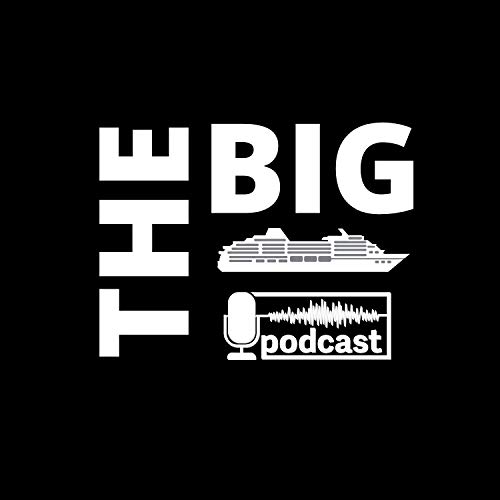The Cunard Legacy
Cunard celebrated 180 years of history on 4 July 2020. The celebrations acknowledged the date when Sir Samuel Cunard established the first regularly scheduled transatlantic mail and passenger service, with the maiden voyage of Britannia departing on 4 July 1840.
The early Cunard service linked Liverpool in the United Kingdom with Boston in the United States and Halifax in Nova Scotia. It triggered a revolution in transportation that led to the creation of the largest and fastest ocean liners the world has ever seen.
How Cunard Changed the World
Cunard has a rich legacy. The line was founded by Sir Samuel Cunard along with George and James Burns, David and Charles McIver and Robert Napier to offer a regularly scheduled steamship service across the North Atlantic.
Today over 180 years later, Cunard has four magnificent ships, Queen Mary 2, Queen Victoria, Queen Elizabeth and Queen Anne.
There are many times that Cunard’s services and ships changed the world. In honour of the 180th Anniversary, here are five of the most significant times that Cunard impacted the world.
Regular Scheduled Crossings: Britannia’s first voyage on 4 July 1840 represented a huge step forward in terms of connectivity across the Atlantic. Cunard established the first ever regularly scheduled Atlantic service and with that changed the world.
Safety of Life at Sea: In April 1912, Cunard’s Carpathia was the first ship on the scene and took aboard Titanic’s survivors. Carpathia’s actions were important. Having safely transported the survivors of the Titanic to New York, key witnesses from the Titanic were called on to give evidence in the enquiries surrounding the disaster which led to improvements in safety of life at sea including SOLAS and the establishment of the International Ice Patrol, as well as new laws requiring lifeboats for all passengers aboard.
World Cruising: Cunard claims the first continuous world cruise title based on the 1922/23 voyage of their vessel Laconia. Laconia’s world cruise itinerary was undertaken with just the one ship, which differentiated it from many earlier circumnavigation voyages, which required passengers to change vessels at various ports. Laconia completed a full circumnavigation of the world – and she called at 22 ports!
Shortened World War II: Winston Churchill was the one to make this particular claim. Many of the ships of the Cunard Line, as well as vessels from many other merchant shipping lines were requisitioned for use during World War II. Among those requisitioned were the giant RMS Queen Mary and RMS Queen Elizabeth, the latter of which had not yet entered service or undergone her builders’ trials. The ability of the Cunard Queens to transport such large numbers of troops so quickly is what led Winston Churchill to say that they helped to ‘shorten the length of the war by at least a year’.
Last Ocean Liner: Cunard is remembered as being the first shipping line to offer regularly scheduled transatlantic crossings, but Cuanrd equally famous for being the last to offer this service. In 2004, QM2 was the first transatlantic ocean liner designed since the QE2 entered service in 1969, which makes her unique in the age of the modern day cruise ships. QM2 has continued to offer regularly scheduled transatlantic crossings since her introduction into service.
Prefer not to read? Check out the video:
Image: Cunard House Flag CC.0 Wikimedia Commons


